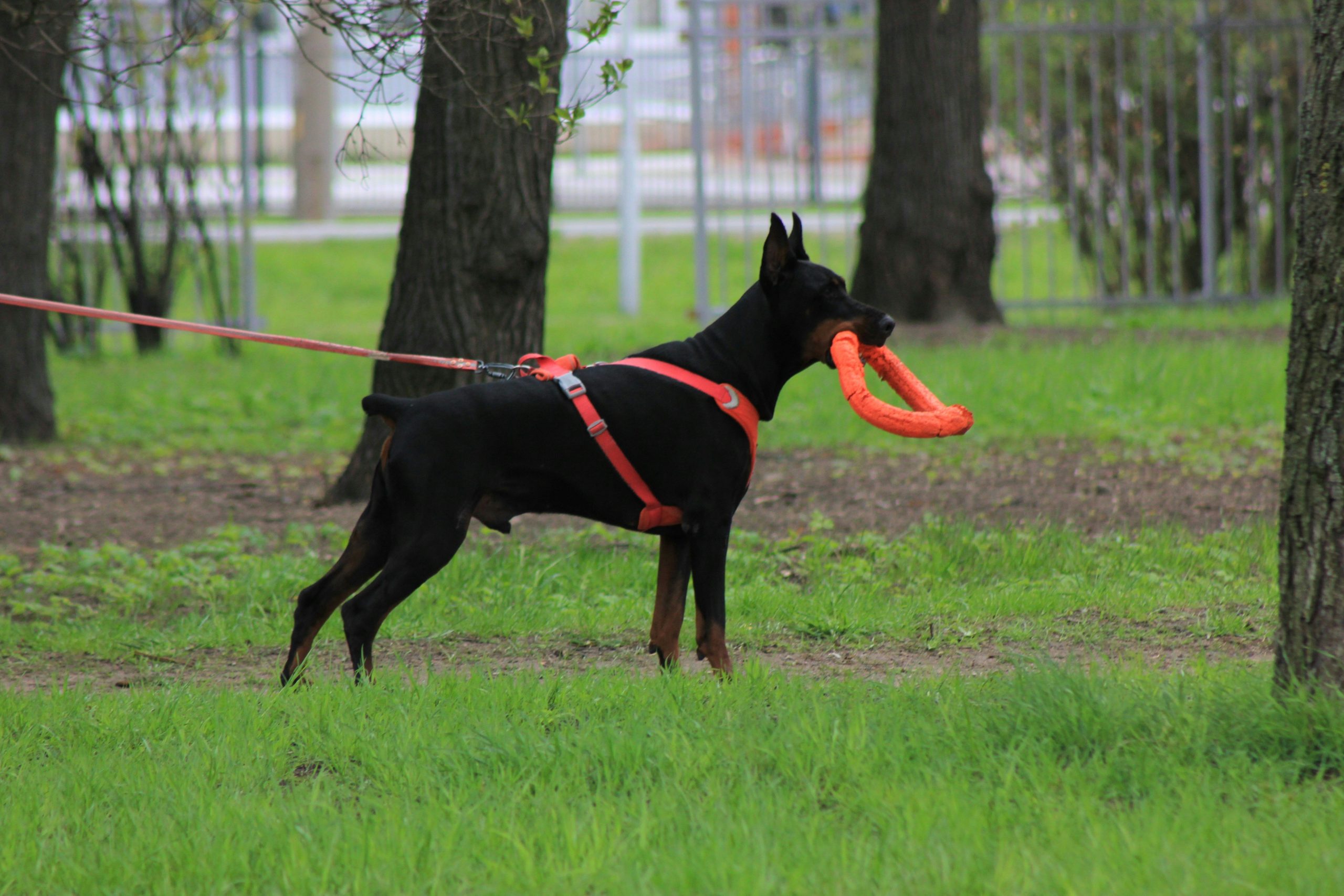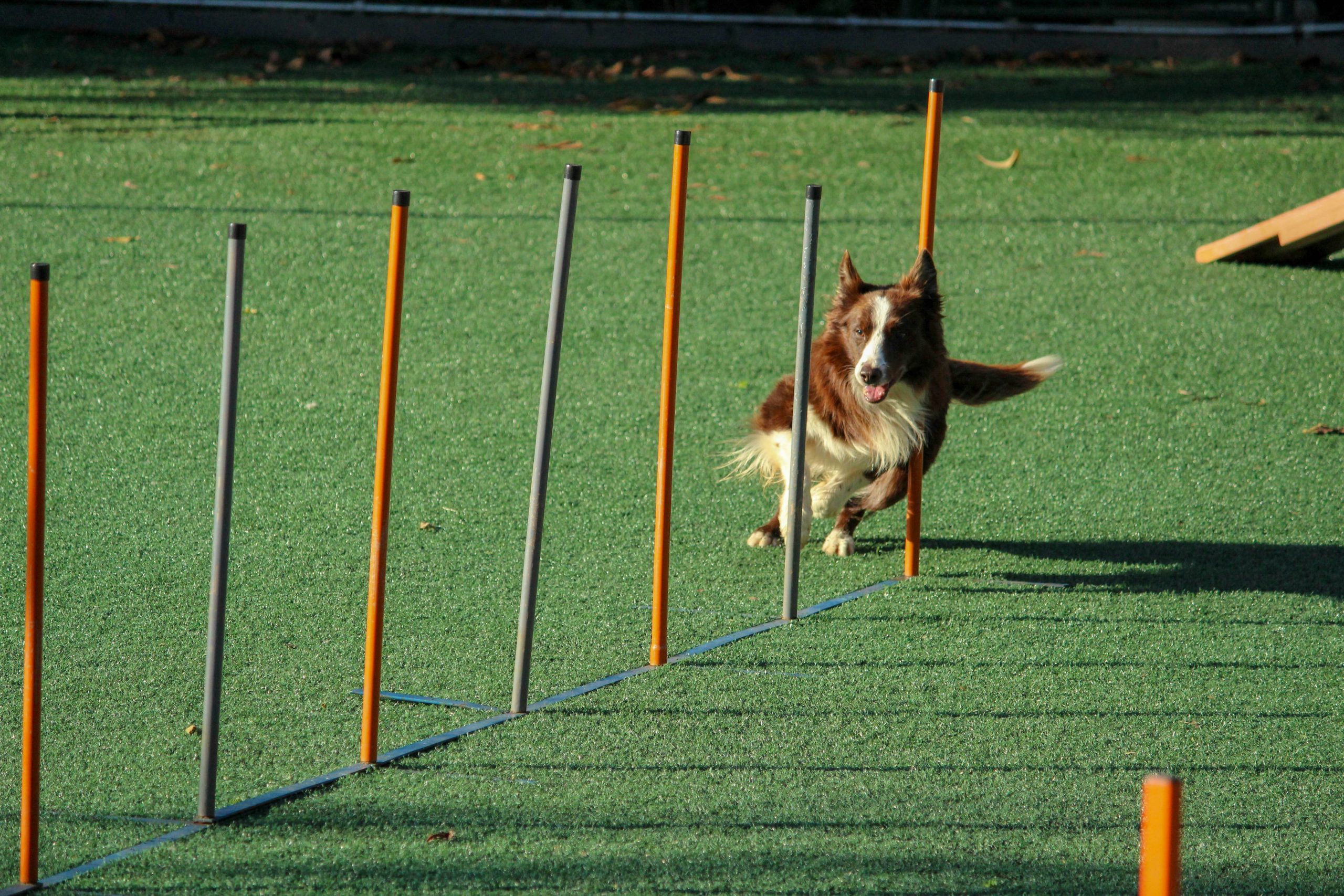Ever found yourself frustrated during pet training, wondering why your dog won’t touch the right object? Yeah, we’ve all been there. Today, we’re diving deep into object discrimination exercises, a game-changing method for target training your pet. Whether you’re teaching your pup to pick out their favorite toy or helping your parrot distinguish between colored shapes, this guide has got you covered. We’ll walk through the importance of these exercises, step-by-step instructions, insider tips, real-life examples, and FAQs—all while keeping it real (and maybe a little sassy).
Table of Contents
- Key Takeaways
- Why Object Discrimination Matters
- Step-by-Step Guide to Object Discrimination Exercises
- Best Practices for Successful Training
- Real-Life Examples & Case Studies
- FAQs About Object Discrimination Exercises
- Conclusion
Key Takeaways
- Object discrimination exercises enhance cognitive skills and focus in pets.
- Consistency and positive reinforcement are non-negotiables.
- Start simple and build complexity gradually to avoid overwhelming your pet.
- Avoid common mistakes like rushing the process or overloading commands.
Why Does Object Discrimination Matter?
Let’s face it—pets aren’t born knowing how to identify specific objects. But teaching them can unlock a world of possibilities! Imagine having a service dog who can fetch medicine or bring you your phone when needed. Sounds impressive, right? Well, object discrimination exercises lay the foundation for such advanced behaviors.

Nerd Alert: Scientists say that animals trained with object discrimination develop stronger neural connections related to problem-solving and memory retention. Translation? It makes ’em smarter!
But here’s my confessional fail: I once tried teaching my cat to discriminate between red balls and green ones without realizing he was colorblind. Spoiler alert—it went nowhere fast. Lesson learned? Know thy species’ limitations before diving into training.
How Do You Nail Object Discrimination Exercises?
Ready to dive into the nitty-gritty? Here’s where things get juicy. Follow these steps to turn your pet into a pro at identifying objects.
Step 1: Choose the Right Objects
Select items that differ significantly in shape, size, texture, or smell—but NOT too many at once. One or two objects max per session. For instance:
- Dogs might start with a ball vs. a bone.
- Birds could work with differently shaped buttons.
Step 2: Introduce the Target Command
Add a clear command like “Touch!” or “Get!” while pointing to the desired item. Pair this with treats or praise immediately after success.
Step 3: Build Focus Through Repetition
“Optimist You:” ‘They’ll learn faster than ever!’ *Grumpy You:* ‘Ugh, fine—but only if coffee’s involved.’ Stay consistent; consistency builds confidence.”
Step 4: Gradually Increase Complexity
Once they ace basic tasks, add more objects or introduce new variables. Maybe switch to scent-based distinctions next?
Top Tips for Crushing Object Discrimination Exercises
- Keep Sessions Short: Aim for 5–10 minutes per day.
- Reward Generously: Use high-value treats or favorite toys.
- Be Patient: Every pet learns at their own pace.
- Avoid Distractions: Train in quiet environments initially.
- Never Punish Mistakes: This kills motivation faster than bad WiFi ruins Netflix.
Real-Life Success Stories
Take Sparky, the Border Collie from Ohio, who mastered sorting socks by scent thanks to meticulous object discrimination practice. Or Charlie the Macaw, famous online for solving puzzles using colored keys.


Frequently Asked Questions
Q1: Can Any Pet Learn Object Discrimination?
Yes, but some breeds/species excel more naturally due to higher trainability or curiosity levels.
Q2: How Long Does It Take?
Varies widely depending on age, breed, and consistency. Some master basics within weeks; others take months.
Q3: What If My Pet Loses Interest?
Vary rewards, mix up sessions, and ensure challenges remain achievable yet stimulating.
Final Thoughts
Congrats—you’re now equipped with everything needed to conquer object discrimination exercises. Remember, patience is key, and every small victory counts. And hey, even if your pet doesn’t become the next TikTok sensation overnight, they’re still pretty amazing just as they are.
Like a Tamagotchi, your SEO needs daily care. Keep learning, keep experimenting!
Here’s your bonus haiku:
Paws reach for targets,
Objects whisper secrets loud—
Pets shine brighter now.


